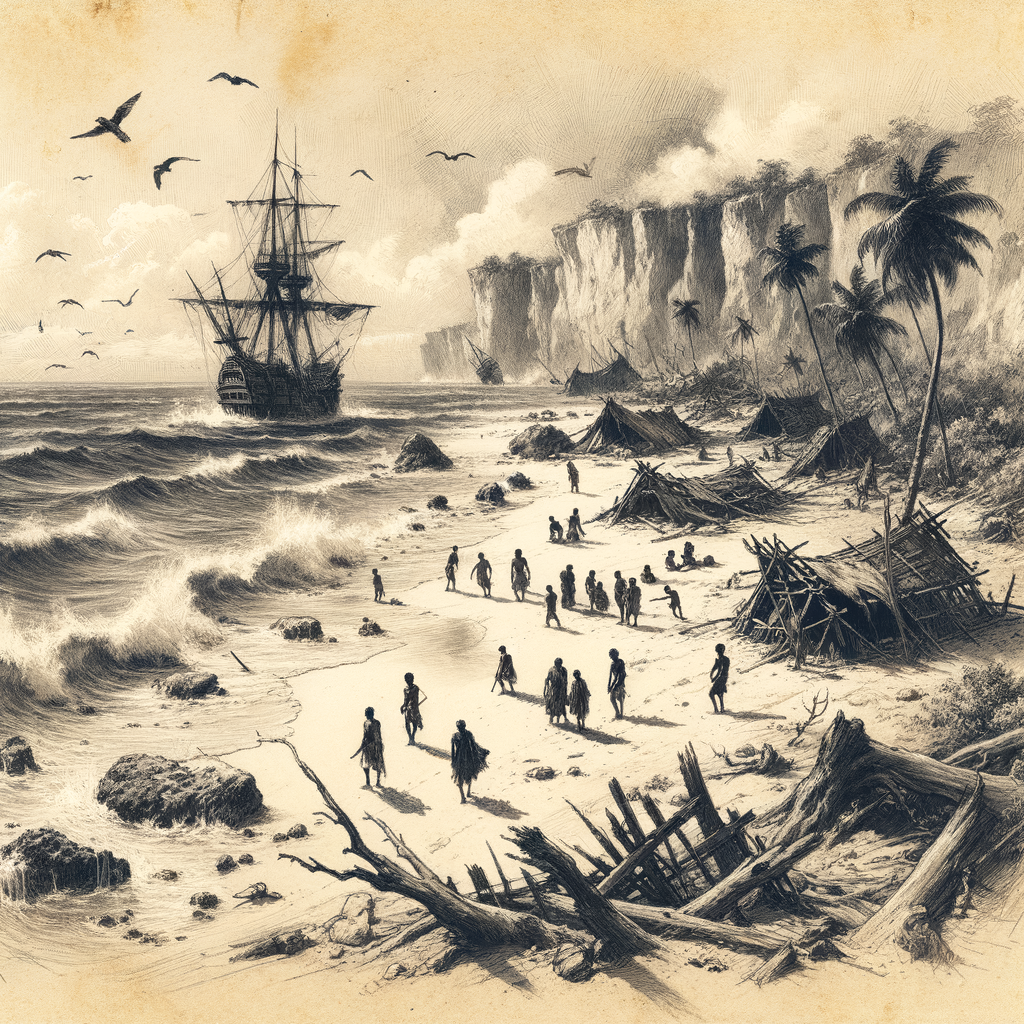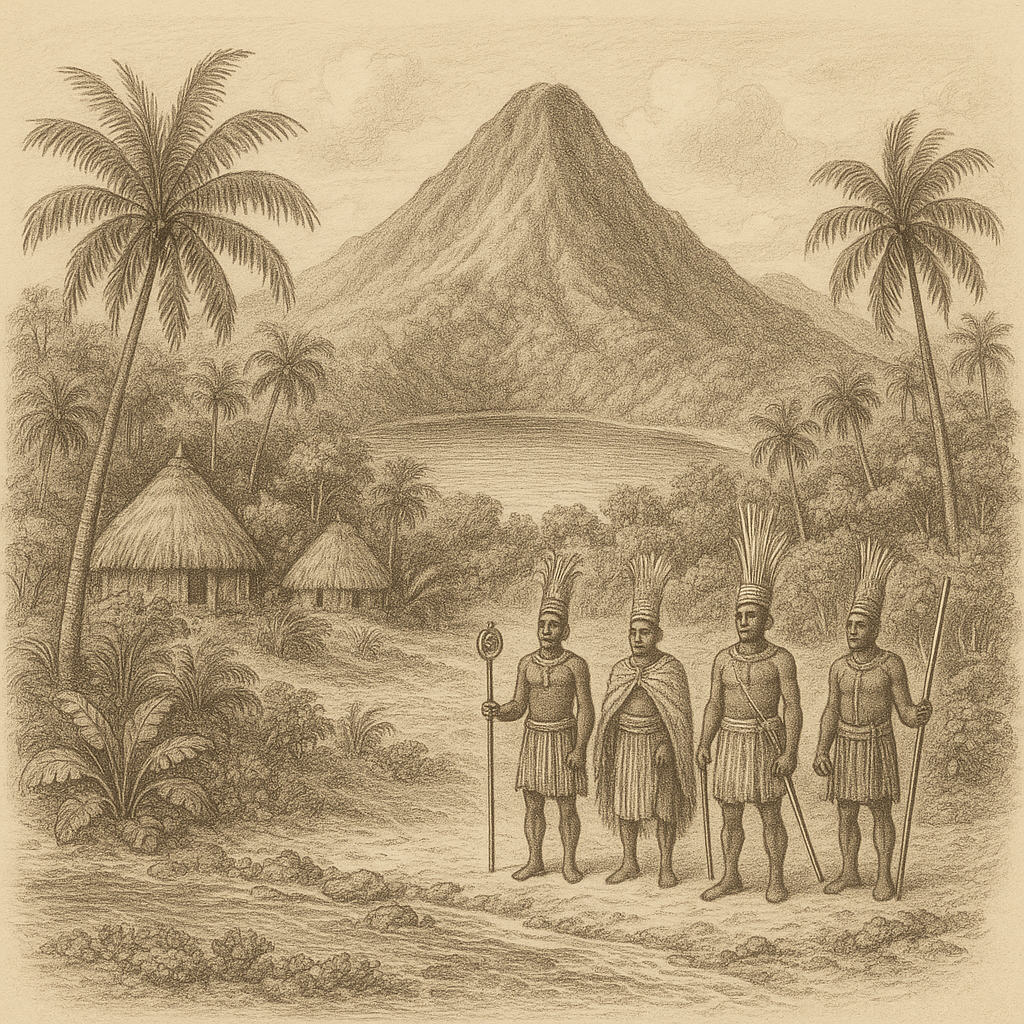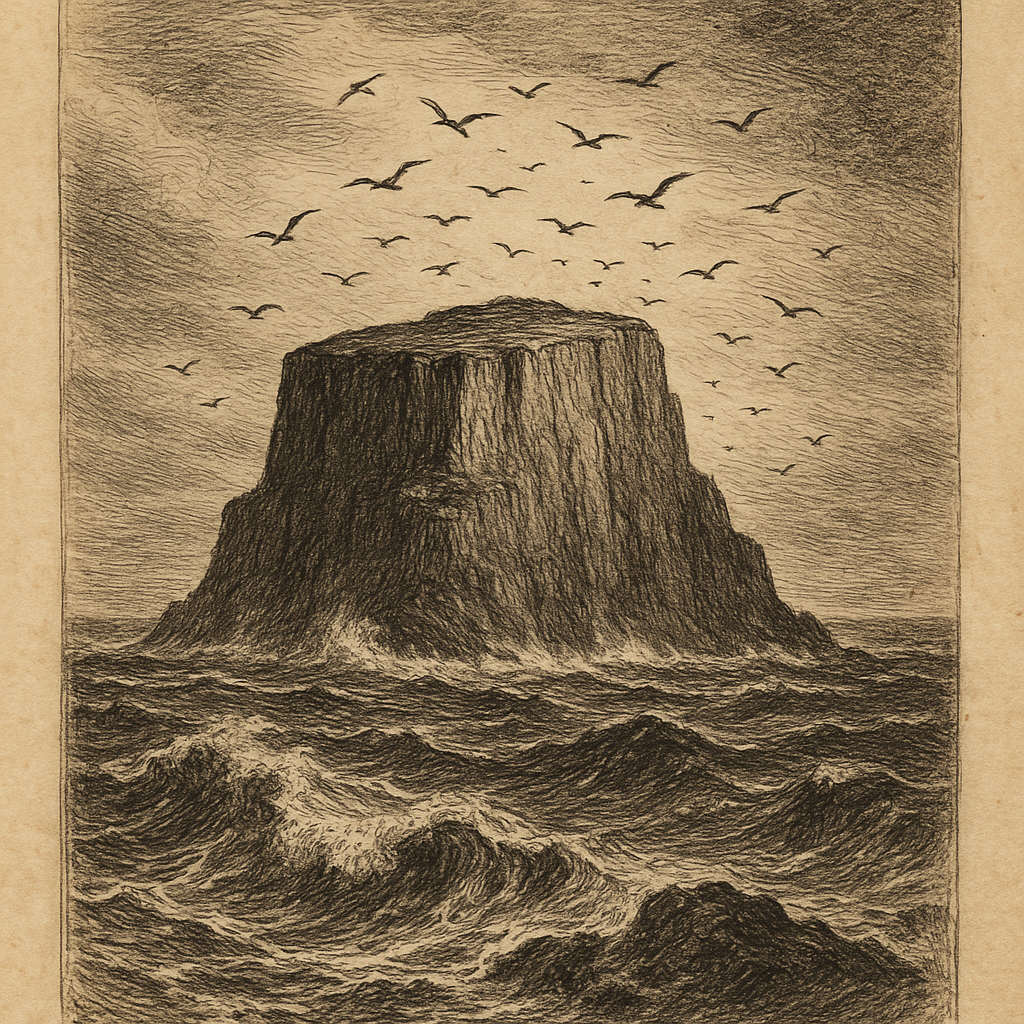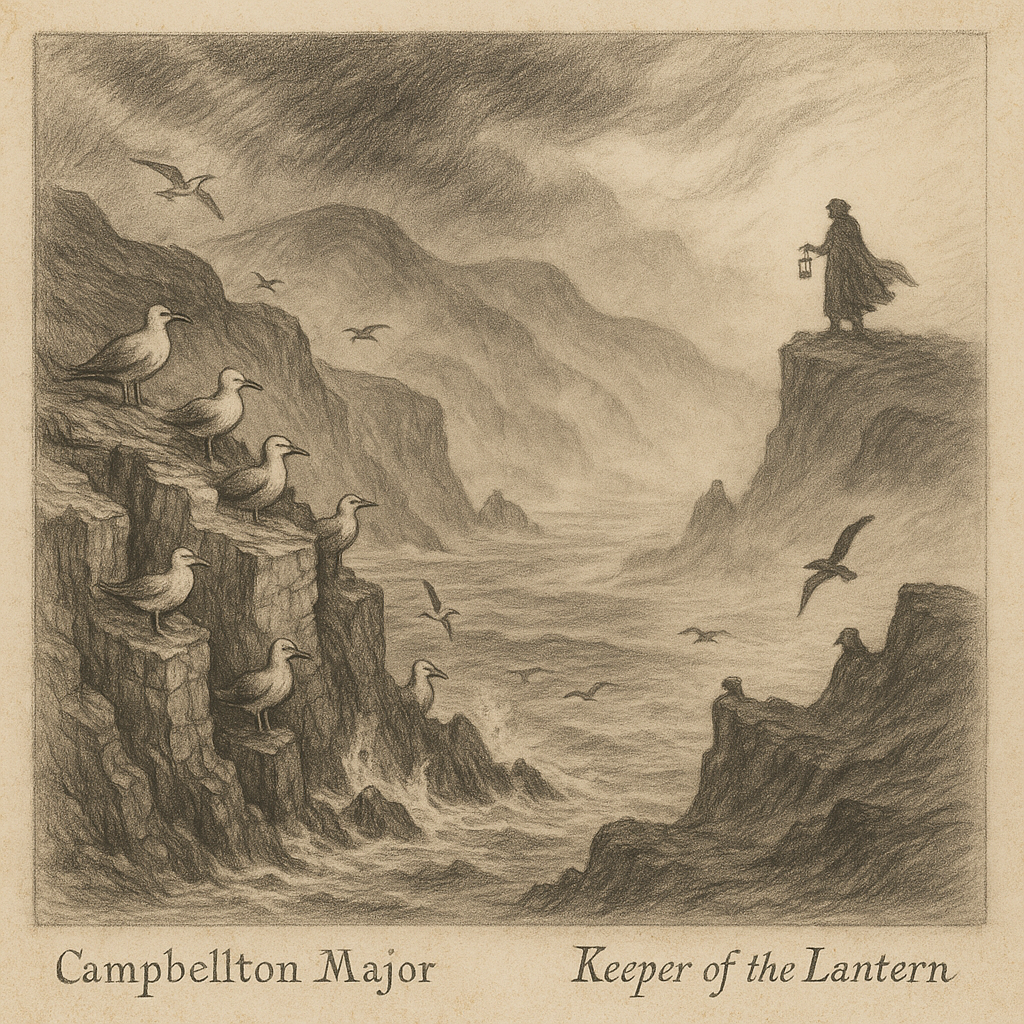Introduction to Tromelin Island
Tromelin Island, a small, isolated landmass in the Indian Ocean, is one of the world’s most remote islands. It lies approximately 450 kilometers (280 miles) east of Madagascar and north of Réunion. Measuring only 1 square kilometer in area, this flat, sandy island belongs to the French Southern and Antarctic Lands (Terres australes et antarctiques françaises) and is officially administered by France. Despite its diminutive size and sparse vegetation, Tromelin holds a significant place in history, both for its strategic location and the mysteries that envelop it.
Geographic and Environmental Features
Tromelin Island rises only about 7 meters above sea level and is almost entirely surrounded by coral reefs, which create challenging navigational conditions for seafarers. The island experiences a tropical marine climate, with relatively stable temperatures and occasional cyclones that can dramatically alter its low-lying terrain. There are no permanent freshwater sources on Tromelin, and its landscape consists mostly of sandy soil, coral debris, and sparse scrub vegetation. The island lacks trees, save for a few coconut palms that were introduced in the past.
The surrounding reefs support a variety of marine life, including sea turtles, which use the island as a nesting ground. Additionally, the surrounding waters are home to an array of fish species and valuable coral ecosystems. The island itself has limited fauna, but it serves as an important stopover for migratory birds.
Human Presence and Modern Use
Due to its remote location and challenging environment, Tromelin has no indigenous inhabitants and remains largely uninhabited. However, it serves as a weather and monitoring station, operated by the French meteorological agency Météo-France. A small contingent of meteorologists and technicians rotate on the island every couple of months to maintain operations.
Because of its location in a significant maritime corridor and its exclusive economic zone, the island is geopolitically important. France claims a 200-nautical-mile zone around Tromelin, providing control over rich fishing grounds and possibly untapped undersea resources. Although Mauritius has also claimed sovereignty over the island, France maintains administrative control.
Historical Background
Tromelin Island is perhaps best known for a harrowing historical episode involving the wreck of the French slave ship L’Utile in 1761. The ship, carrying enslaved Malagasy people intended for illegal sale in the French Indian Ocean colonies, ran aground on the coral reef surrounding Tromelin. The French crew were rescued after building a makeshift raft, but they left behind sixty Malagasy men and women, promising to return. Incredibly, rescue did not come for fifteen years.
When French sailors finally returned in 1776, they found only seven women and one infant alive. The survival of these individuals, in such hostile conditions and almost without resources, is a testament to human resilience. This tragic episode has made Tromelin a symbol of colonial injustice and the forgotten sufferings of enslaved people.
Interesting Facts about Tromelin Island
Despite its small size and remote location, Tromelin has been the subject of significant scientific and archaeological interest. For instance:
– In 2006, the French National Center for Scientific Research (CNRS) launched archaeological excavations on Tromelin to study the remains of the shipwreck and evidence of the Malagasy survivors’ existence.
– The team uncovered various artifacts, including stone utensils fashioned from coral and remnants of crude shelters built from salvaged ship parts.
– The island is designated as an Important Bird Area (IBA) by BirdLife International, due to its role as a nesting site for masked boobies (Sula dactylatra) and other seabirds.
– It is also a nesting site for vulnerable green sea turtles (Chelonia mydas), which lay their eggs on the island’s few sandy beaches.
Because the island is ecologically fragile, access is highly restricted and granted mainly for scientific research or government monitoring purposes.
Legends and Mysteries of Tromelin
The dramatic story of the enslaved Malagasy on Tromelin has inspired several legends and artistic works that continue to capture the imagination of many. One such legend claims that the surviving women developed a secret oral language to shield themselves from later French visitors. Though unverified, these tales speak to the cultural endurance of the survivors and their legacy.
In addition to historical myths, the island’s storm-battered, inaccessible nature has led to tales of lost treasure and phantom ships seen among the reefs. Some even speculate that other wrecks may lie undiscovered beneath the surrounding coral, hidden for centuries. These elements have elevated Tromelin’s status from a mere speck on the map to a place of haunting allure and historical significance.
Conclusion
Tromelin Island may be small and remote, but its impact on history and science is disproportionately large. Its role in revealing the dark chapters of colonial history, coupled with its unique ecological and geological features, makes it a compelling subject of modern exploration and ethical reflection. As debates over sovereignty continue and scientific interest endures, Tromelin serves as a reminder of humanity’s complex relationship with the past, the environment, and the vast, mysterious oceans that connect us all.



